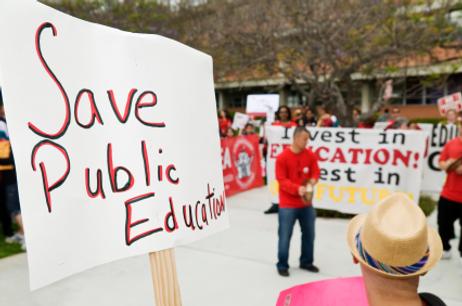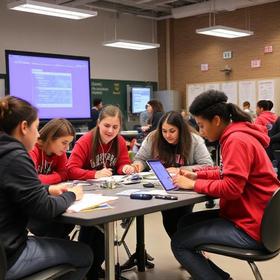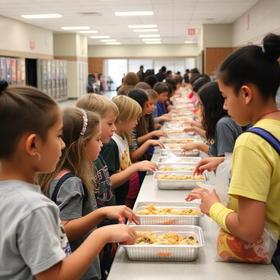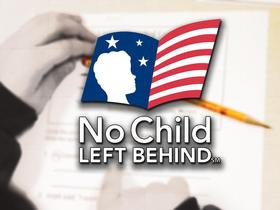The right school for your child can make all the difference in his or her successful academic career. The good news is that there are many options in education beyond the public school down the street today. The bad news is that the abundance of options often leaves parents in a quandary over how to choose the best environment for their children. It is important to know what to look for in a school to ensure your child receives the best possible education for his specific needs. In some cases, that might indeed be the public school down the street, while other children may need a different environment to facilitate their learning process most effectively.
What are the Choices?
Many parents are unaware of the different choices they have in educating their children today. According to Education.com, some of the options available in K-12 education include:
Neighborhood Public Schools
- Charter Schools
- Magnet Schools
- Online Public Schools
- Private Schools
- Homeschools
- Alternative Schools
It is important to learn about the various types of schools available nearby, so you can make an informed choice for your children.
Factors to Consider when Selecting a School
Once you know which options are available to you, it is time to determine the best environment for your child, based on the 10 steps we have outlined here:
Finding a Good Fit
To find the best learning environment, a parent needs to set the following four criteria outlined at GreatSchools.org:
- What you






















